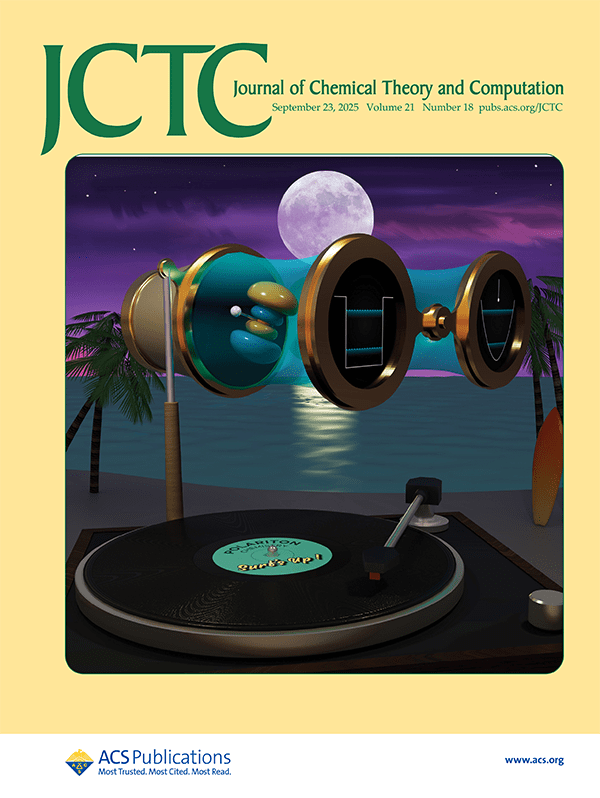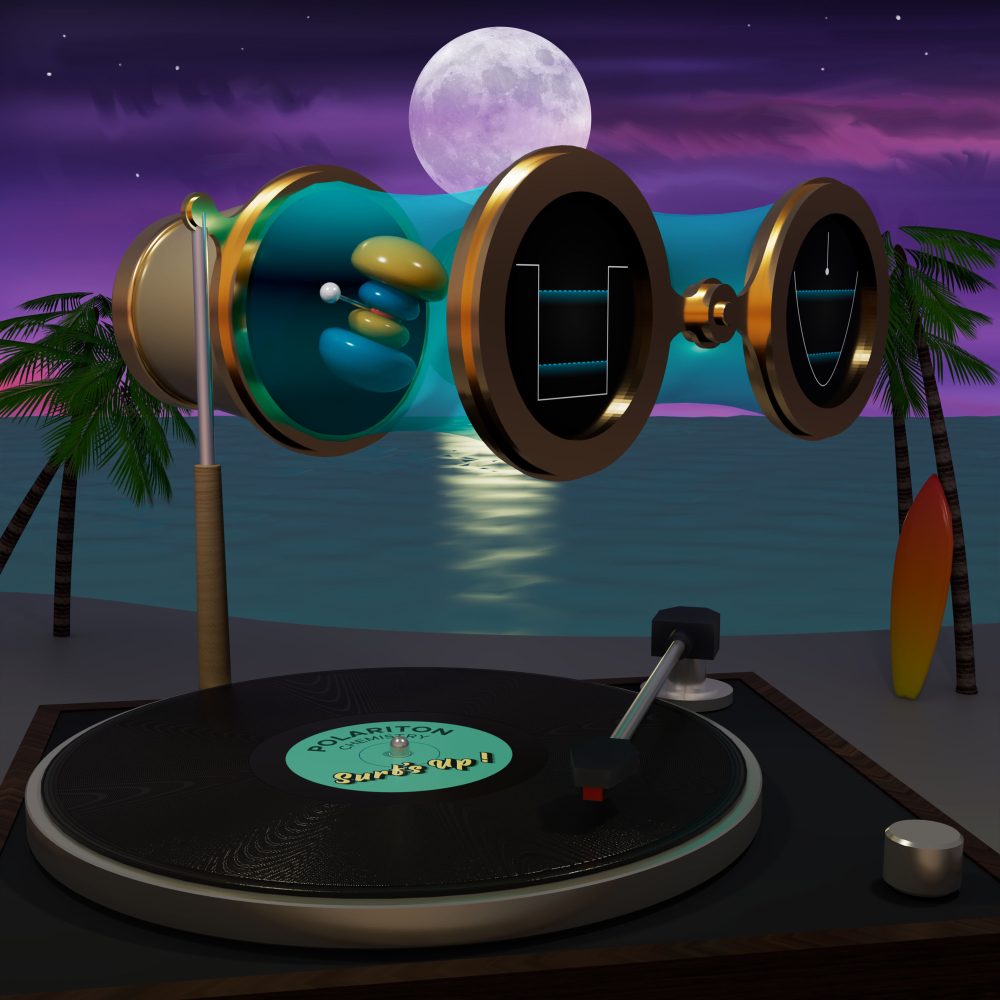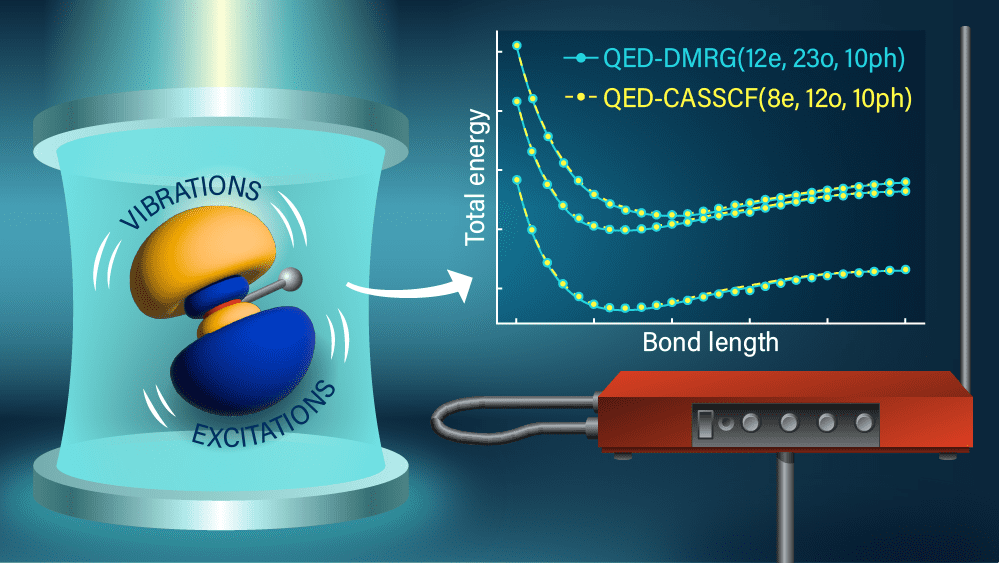
“This journal cover selection gave us a rare opportunity to communicate the wonder that drives our research,” said Foley.

A research article by the Foley Lab in the Klein College of Science has been selected as a cover of the Journal of Chemical Theory and Computation.
Research for the article, Modeling Strong Light-Matter Coupling in Correlated Systems: State-Averaged Cavity Quantum Electrodynamics Complete Active Space Self-Consistent Field Theory, was led by postdoctoral researcher Nam Vu and graduate student Kenny Ampoh under the direction of principal investigator Jay Foley, associate professor in the Department of Chemistry.
Both the cover graphic and the table of contents (TOC) figure in the abstract pay tribute to one of Foley’s creative heroes, Brian Wilson, the visionary songwriter and musical genius behind The Beach Boys.
The journal cover references “Surf’s Up” written by Wilson and Van Dyke Parks, while the TOC figure draws inspiration from the more widely known “Good Vibrations.”
“Being selected for the journal cover allows us to share what we find beautiful about quantum phenomena with a broader audience,” said Foley. “Brian Wilson passed away during this project, and the song “Surf’s Up” became a daily companion as I reflected on the impact his music has had on me. Over time, I started building associations between the poetic imagery of the song and the quantum phenomena we are working on.”
The cover image transforms the imagery from the song’s lyrics into a scientific metaphor, with the molecular and harmonic potentials becoming the “pit and pendulum drawn” through opera glasses.
A “quicksilver moon” brightens the quantum landscape above a beach scene featuring palm trees and a surfboard, while a record player plays “Surf’s Up!” below.
“Wilson spoke about his mission to explore beauty and joy through music, which resonates with me personally; I’m more animated scientifically by ideas that I find beautiful or mysterious than by potential utility,” said Foley.

“This journal cover selection gave us a rare opportunity to communicate the wonder that drives our research,” said Foley.
The Foley Lab works to further understand interactions between light and matter. For this research, they worked alongside Mikuláš Matouseǩ and Libor Veis at the J. Heyrovský Institute of Physical Chemistry, part of the Academy of Sciences of the Czech Republic, and Niranjan Govind from the Pacific Northwest National Laboratory.
“There is growing evidence that suggests that ‘strong’ interactions between light and molecules, which is achieved by confining them in nanoscale structures, can enable new chemical reactions and provide unprecedented control over molecular processes,” said Vu. “These structures concentrate light’s energy into extremely small volumes, making quantum features of light as striking as those of molecules, including vacuum fluctuations that can exert significant forces even in complete darkness.”


The interactions create quantum states called ‘polaritons,’ which are exotic hybrid entities of neither purely light nor purely matter. Experiments have shown that polaritons can make desired reactions proceed faster or steer them toward specific products. The “Good Vibrations” TOC graphic gives a nod to this process where the confined light gives molecules excitations, and the fundamental vibrations of the molecule are changed as a result.
“Our theoretical research helps understand these quantum phenomena and provides insights that experimentalists and engineers can use to design practical setups, potentially transforming the chemistry lab of the future to include specialized optical cavities alongside traditional equipment,” said Ampoh.
The Foley Lab wishes to gratefully acknowledge the support of the U.S. Department of Energy, the Department of Chemistry, and the Center for Innovation, Translational Research and Applications of Nanostructured Systems (CITRANS), which made this work possible.
Images courtesy of the Foley Lab.